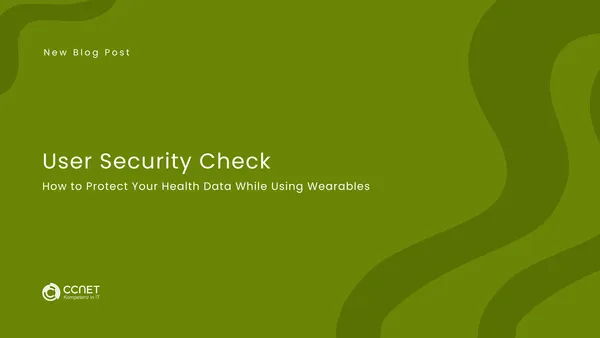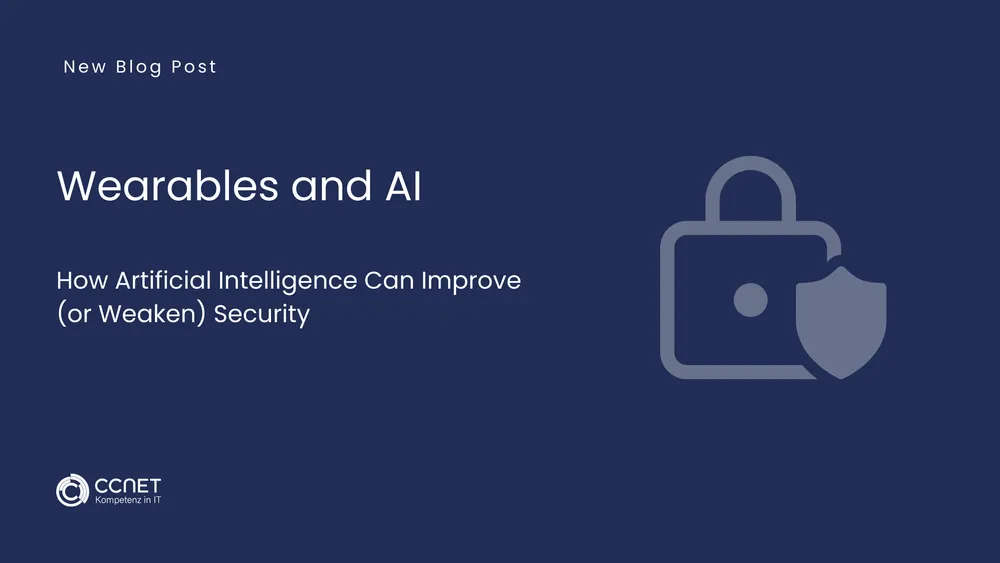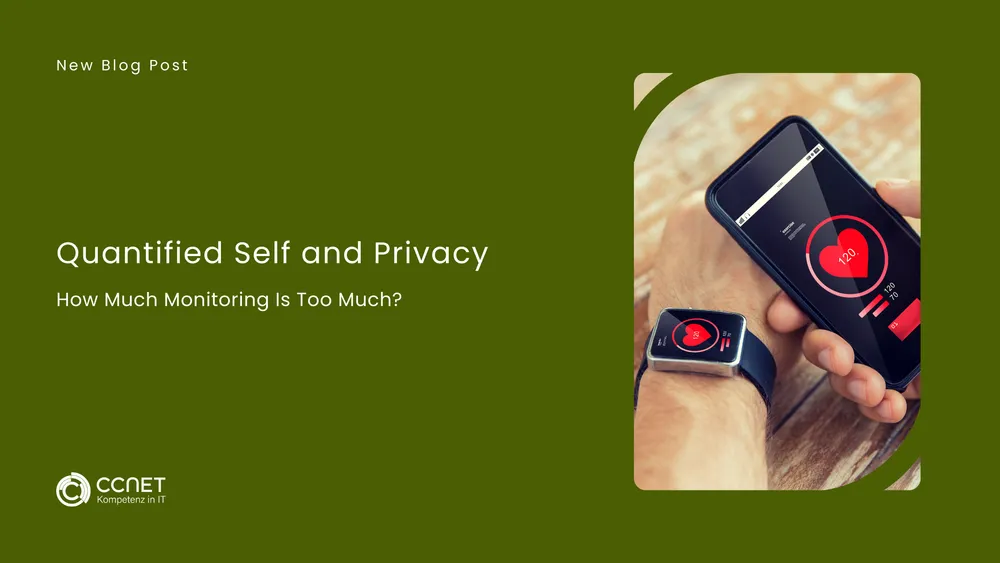
CCNet
Jun 27, 2025 • 2 min read

User Security Check: How to protect your Health Data while using Wearables
Wearables are becoming increasingly popular for health monitoring—but with their growing use comes increased responsibility for protecting personal data. While manufacturers are required to implement security features, users also play a crucial role in ensuring that their sensitive health information remains protected. This article provides practical security and privacy tips for everyday use of medical wearables.
1. Review App and Device Permissions
Before using a wearable or installing the associated app, users should carefully check what permissions are requested:
- Is location tracking necessary?
- Why is access to contacts or camera requested?
- Can certain permissions be deactivated without losing functionality?
Restricting permissions to the essentials reduces the risk of data misuse.
2. Enable Strong Authentication
Many apps and wearables allow the use of two-factor authentication (2FA) or biometric authentication (such as fingerprint or face ID). These options should always be enabled to prevent unauthorized access.
3. Install Updates Regularly
Firmware and app updates often contain important security patches. Users should:
- Regularly check for updates.
- Enable automatic updates where possible.
- Avoid using outdated devices with no longer supported software.
4. Use Secure Bluetooth and Wi-Fi Connections
Bluetooth and Wi-Fi are common attack vectors for wearables. Users should:
- Only pair devices in trusted environments.
- Turn off Bluetooth when not in use.
- Avoid public Wi-Fi networks for syncing health data.
5. Read Privacy Policies and Terms of Use
Even though they are often long and complex, users should take time to review how their health data is handled:
- Is the data encrypted?
- Is it shared with third parties?
- Can the data be deleted upon request?
6. Avoid Untrusted Apps and Services
Some third-party apps promise additional features but pose security risks. Only apps from trusted sources should be installed, and integrations with external services should be critically evaluated.
7. Use Data Minimization Settings
Many wearables allow users to configure which data is collected. If certain features are not used (e.g., sleep monitoring), they should be disabled. Less data = less risk.
8. Protect the Device Physically
Wearables are often worn visibly and can be stolen. Users should:
- Enable screen locks or PINs.
- Avoid leaving the device unattended.
- Use remote wipe functions if the wearable is lost.
Conclusion: Awareness Is Key
Users of health wearables must understand that they are handling highly sensitive personal data. By following basic security and privacy principles, they can significantly reduce the risk of data misuse. A secure handling of wearables begins with awareness and continues through daily digital hygiene.
In the next article, we’ll dive into a more political topic:
“Digital Health and Society – The Ethical Debate Around Wearables.”


